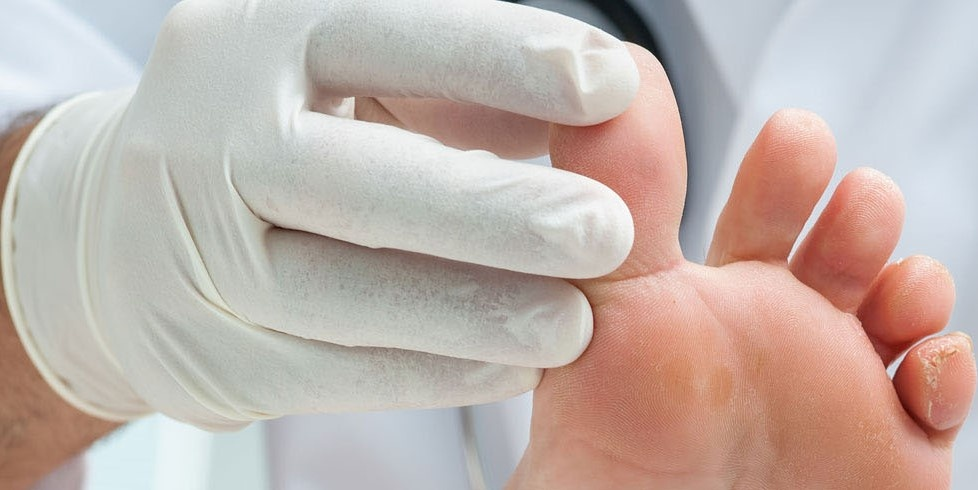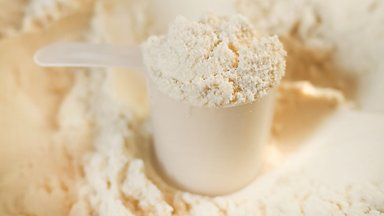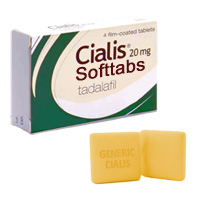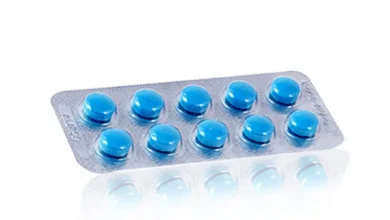How to Heal a Toe Infection Safely: Expert Advice
How to Heal a Toe Infection Safely: Expert Advice

Toe infections can be uncomfortable, painful, and even debilitating if not addressed properly. Whether caused by an ingrown toenail, injury, or fungal infection, timely treatment is crucial to ensure the infection doesn’t spread or worsen. Fortunately, there are safe and effective ways to heal a toe infection. In this guide, we’ll explore expert advice on how to tackle the issue safely while focusing on natural remedies, proper hygiene, and professional care options.
Understanding Toe Infections
Before diving into treatments, it’s important to understand what causes toe infections. Infections can occur due to a variety of reasons, including:
- Ingrown Toenails: When a toenail grows into the surrounding skin, it can cause redness, swelling, and infection.
- Fungal Infections: Athlete’s foot or nail fungus are common types of fungal infections that affect the toes and feet.
- Bacterial Infections: Cuts, blisters, or even untreated fungal infections can lead to bacterial growth, resulting in pus, swelling, and pain.
- Toe Injuries: Trauma or minor injuries, such as stubbing your toe or wearing tight shoes, can lead to infections if not treated promptly.
Regardless of the cause, treating a toe infection early and safely is essential to prevent complications.
Symptoms of a Toe Infection
Recognizing the symptoms of a toe infection will help you determine when treatment is needed. Common signs include:
- Swelling and redness around the affected area
- Pain and tenderness
- Discharge or pus
- Warmth in the infected region
- Foul odor in fungal infections
If these symptoms persist or worsen, it’s important to seek medical advice, as untreated infections can lead to more serious health issues.
Step-by-Step: How to Heal a Toe Infection Safely
When dealing with a toe infection, the goal is to minimize pain, reduce infection, and promote healing. Here’s a detailed guide on how to heal a toe infection safely:
1. Keep the Area Clean
One of the most important steps in healing a toe infection is to keep the affected area clean. Wash the infected toe with warm water and mild soap twice daily to prevent further infection. Gently dry the toe, and avoid using harsh or abrasive materials.
2. Soak Your Feet
Soaking your feet in warm, salty water can help reduce swelling and draw out any infection. For best results, fill a basin with warm water and add a tablespoon of Epsom salt. Soak your feet for 15-20 minutes, then pat them dry with a clean towel. Epsom salts have anti-inflammatory properties, which can help ease discomfort and speed up the healing process.
3. Apply an Antiseptic
After washing or soaking the infected toe, apply an antiseptic ointment to prevent bacterial growth. Antiseptics like hydrogen peroxide, iodine, or over-the-counter antibiotic creams are effective at treating mild infections. Be sure to follow instructions on how often to apply the ointment, and always cover the toe with a clean bandage after application.
4. Wear Open or Loose-Fitting Shoes
Tight shoes can aggravate a toe infection by causing more pressure and friction. Opt for open-toed shoes or loose-fitting footwear to allow the infected toe to breathe and reduce irritation. You might also consider wearing clean, moisture-wicking socks to keep the area dry and prevent fungal infections from developing.
5. Trim Nails Carefully
If an ingrown toenail is causing the infection, carefully trim the nail to prevent it from growing further into the skin. Use sterilized nail clippers and cut the nail straight across to avoid rounded edges that could worsen the problem. If trimming the nail is too painful, it’s best to seek professional care from a podiatrist.
6. Use Natural Remedies
For those who prefer natural methods, several remedies can help heal a toe infection. Some popular options include:
- Tea Tree Oil: Known for its antifungal and antibacterial properties, tea tree oil can be applied to the infected area to combat bacteria and fungus. Dilute it with a carrier oil like coconut oil to avoid skin irritation.
- Apple Cider Vinegar: This natural antiseptic can help eliminate bacteria and fungus when diluted with water. Soak your feet in a mixture of apple cider vinegar and warm water for 15-20 minutes daily.
- Garlic: Garlic has natural antimicrobial properties. You can crush a few garlic cloves and apply the paste to the infected area for 20-30 minutes, then rinse thoroughly.
7. Over-the-Counter Medications
In addition to natural remedies, over-the-counter medications can help alleviate pain and reduce infection. Pain relievers like ibuprofen can help reduce swelling and discomfort, while antifungal creams or sprays are useful in treating fungal infections like athlete’s foot.
When to Seek Professional Help
While many toe infections can be managed at home, there are times when professional care is necessary. If the infection doesn’t improve after a few days of home treatment, or if it worsens, seek medical attention. Signs that indicate a more serious infection include:
- Increased swelling and redness
- Spreading infection to other toes or parts of the foot
- Persistent pain
- Fever or chills
A podiatrist or healthcare professional can prescribe stronger antibiotics, drain the infection, or perform minor procedures to prevent the infection from spreading.
Preventing Future Toe Infections
Once you’ve healed from a toe infection, it’s important to take steps to prevent it from recurring. Here are a few expert tips to keep your toes healthy:
- Maintain Proper Foot Hygiene: Regularly wash your feet, dry them thoroughly, and keep nails trimmed.
- Wear Breathable Shoes: Avoid tight, narrow shoes that can cause ingrown nails or friction. Opt for shoes made of breathable materials that allow air circulation.
- Use Antifungal Powder: If you’re prone to fungal infections, sprinkle antifungal powder in your shoes to keep them dry and prevent fungal growth.
- Check Your Feet Regularly: Especially for individuals with diabetes or compromised immune systems, regularly inspecting your feet for signs of infection is crucial for early intervention.
Conclusion
Knowing how to heal a toe infection safely is key to maintaining overall foot health. Whether caused by an ingrown toenail, fungal infection, or injury, proper care, cleanliness, and prompt action can make all the difference in preventing complications. While home remedies and over-the-counter solutions are effective for mild infections, it’s important to seek professional advice if symptoms worsen. By taking preventative measures and adopting good foot hygiene practices, you can keep your feet healthy and free from infections.
If you’re ever in doubt, don’t hesitate to consult a healthcare professional for guidance on how to heal a toe infection and ensure you’re using the best treatment approach for your needs. Your toes will thank you!



